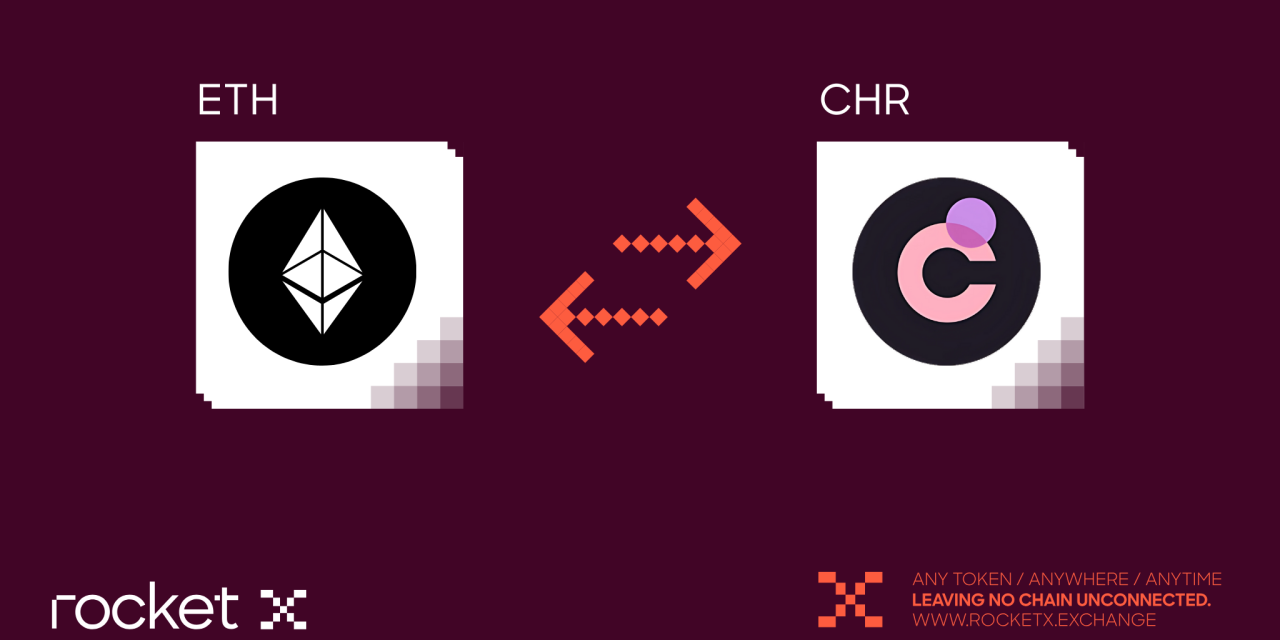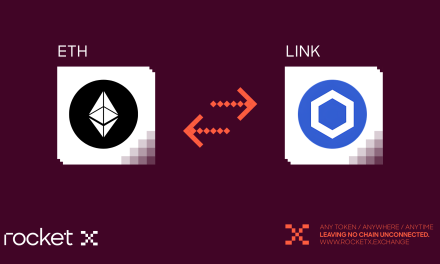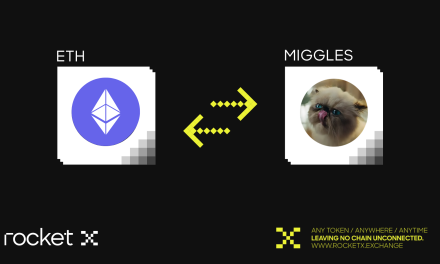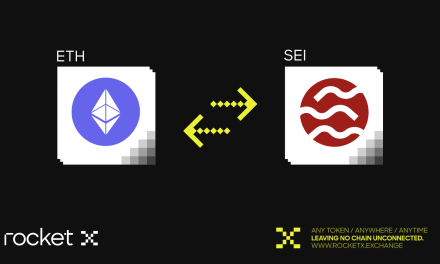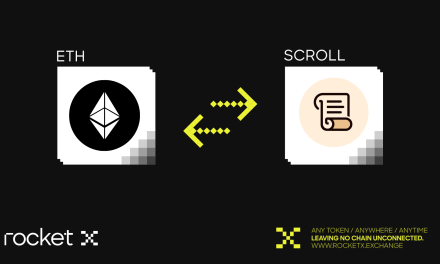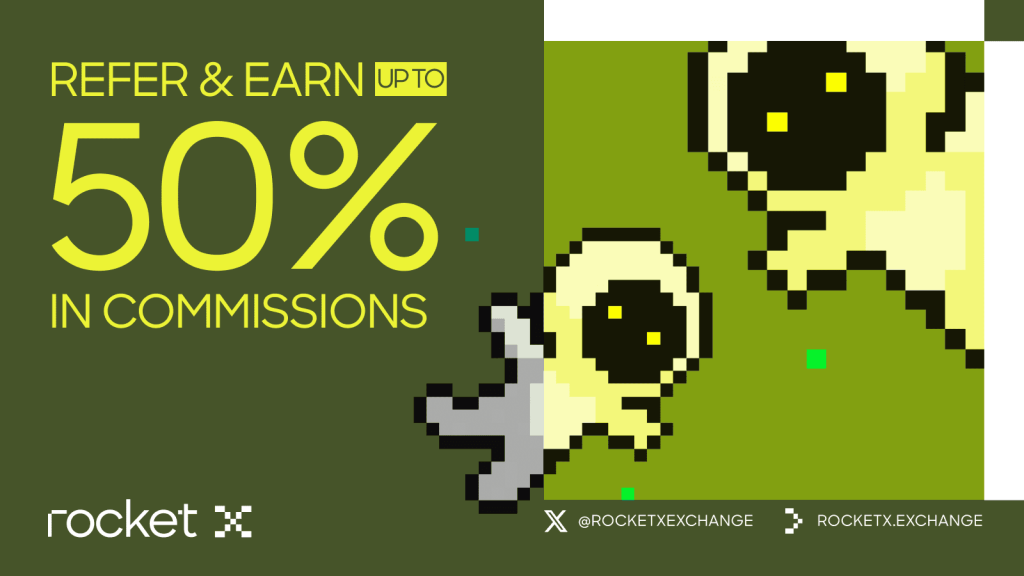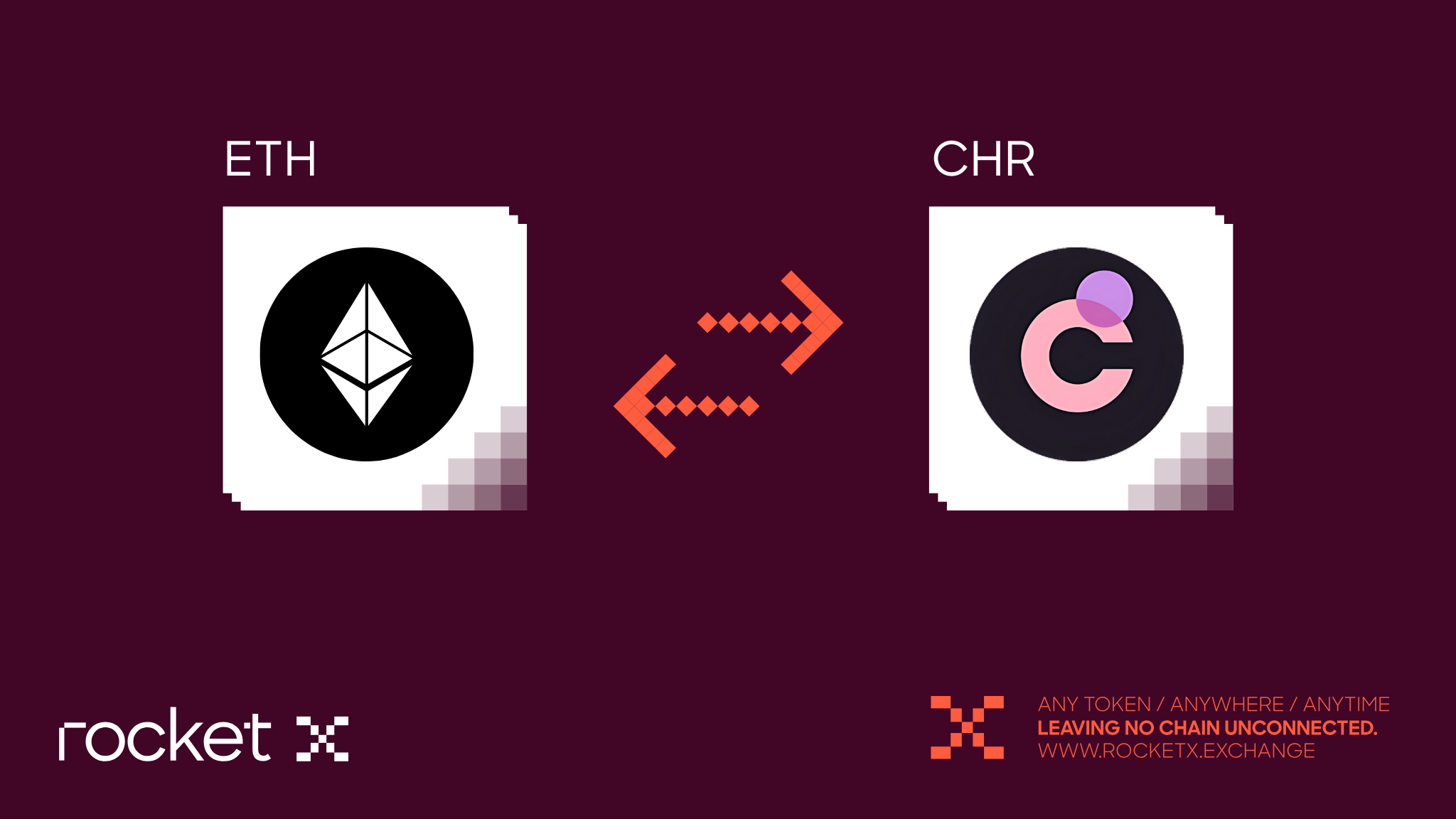
Introduction
Chromia is redefining blockchain technology with its relational blockchain architecture, providing scalable and efficient solutions for developers and users alike. With its unique approach, Chromia supports decentralized applications (DApps) across gaming, real estate, finance, and more. The platform’s native utility token, CHR, plays a crucial role in its ecosystem, offering staking rewards, governance opportunities, and access to exciting airdrops.
This article explores what Chromia is, its key features, how it works, the utility of the CHR token, staking opportunities, and how to buy it using RocketX Exchange.
What is Chromia?
Chromia is a Layer-1 blockchain platform developed to empower the creation of decentralized applications (DApps) through its relational blockchain architecture. Unlike traditional blockchains that rely on global state structures, Chromia allows each DApp to operate on its own blockchain, streamlining efficiency and scalability.
Key Highlights of Chromia:
- Relational Blockchain: Uses relational databases for faster, more scalable DApps.
- DApp-Focused Design: Supports DApps in gaming, real estate, finance, and more.
- Customizable Blockchain Models: Developers can choose public, private, or hybrid setups for their applications.
- High Throughput: Chromia can handle up to 100,000 cell updates per second, making it highly scalable.
- Cross-Chain Compatibility: Interacts with Ethereum and Binance Chain using bridges and sidechains.
Chromia was founded by blockchain veterans Henrik Hjelte, Or Perelman, and Alex Mizrahi, who also worked on Colored Coins and Safebit projects.
How Does Chromia Work?
Chromia stands out in the blockchain space by integrating innovative architecture with relational databases, enabling decentralized applications (DApps) to store and query data efficiently. At the heart of its design lies a relational blockchain architecture, allowing each DApp to operate independently while maintaining interconnectivity within the ecosystem. This approach not only streamlines data storage and querying but also reduces complexity and facilitates faster transactions, making it highly efficient for developers and users alike.
A key feature of the platform is its Economy Chain, a dedicated module for managing native tokens, staking, and other core network functions. This modular design ensures smooth and efficient token operations while avoiding network bottlenecks, enhancing overall system performance.
The platform’s native token is versatile, existing in three formats: ERC-20 on Ethereum, BEP-20 on Binance Smart Chain, and as a native token on Chromia’s mainnet. Users can easily bridge tokens across these networks, ensuring flexibility and interoperability, which are vital for expanding use cases across different blockchain ecosystems.
Developers benefit from the platform’s user-friendly tools, including SQL-like programming languages, which simplify the creation and deployment of DApps. This feature reduces barriers for new projects, enabling faster development without requiring extensive blockchain expertise.
To ensure security and scalability, the platform employs Byzantine Fault Tolerance (BFT) for strong network security and parallel transaction processing for handling large-scale applications. By addressing critical challenges like scalability and interoperability, Chromia is paving the way for the next generation of blockchain-powered solutions.
Everything You Need to Know About the CHR Token
The CHR token is the native utility token of the ecosystem, functioning as the backbone of its operations. It is designed to power transactions and incentivize user participation, making it an integral part of the platform’s functionality. CHR is used to pay transaction fees for hosting decentralized applications (DApps) and conducting various activities within the ecosystem. Additionally, it offers staking rewards, allowing token holders to secure the network while earning incentives. Beyond its financial utility, CHR plays a critical role in governance, enabling holders to vote on important proposals that shape the platform’s future. Moreover, CHR facilitates seamless access to the decentralized applications hosted on the platform, ensuring a streamlined user experience across the ecosystem.
Tokenomics Overview:
- Maximum Supply: 978.06M CHR.
- Circulating Supply: Approximately 839.17M CHR tokens.
The token’s interoperability across Ethereum, Binance Chain, and the platform’s mainnet further boosts its utility and adoption.
How to Buy CHR Using RocketX – Simplified Guide
Purchasing CHR tokens is a straightforward process, and RocketX makes it even easier by offering seamless swaps across blockchains. Here’s how you can buy CHR tokens step by step:
- Access RocketX Exchange
Visit the RocketX Exchange to begin your transaction. - Connect Your Wallet
Click on “Connect Wallet” and link your wallet, such as MetaMask or Trust Wallet. - Choose Source and Destination Networks
- Select the token and network you want to swap from (e.g., USDT on Ethereum, BNB on Binance Chain or SOL on Solana).
- Set CHR as the destination token on either Ethereum or BNB networks.
- Enter the Swap Amount
Specify the amount of CHR tokens you wish to purchase.
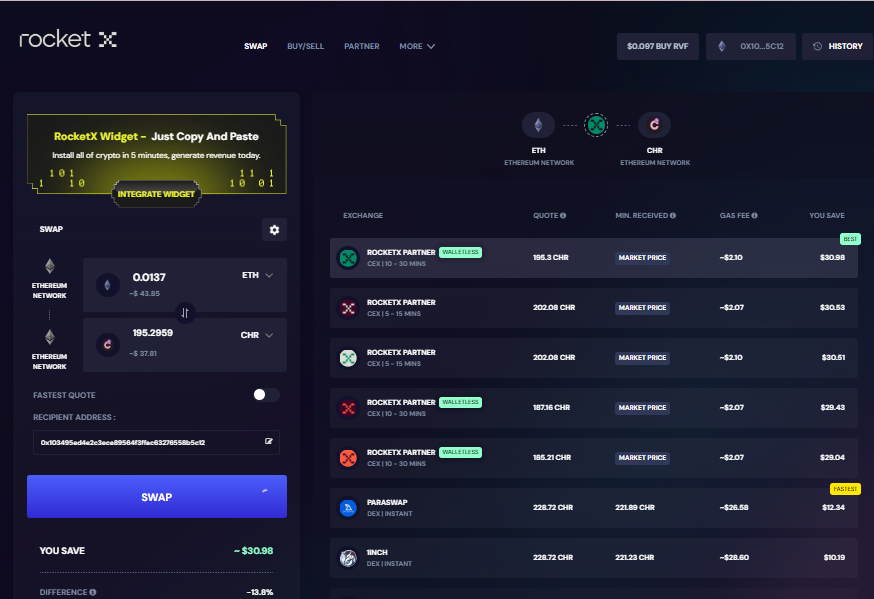
5. Review and Confirm the Transaction
Review the transaction details carefully, including the token amounts and network fees. If you’re swapping within the same network, click on “Swap.” For swaps between different networks, click on “Cross-Chain Swap.”
6. Optional: Bridge CHR to Chromia Mainnet
If you want to use CHR on Chromia Mainnet, you can bridge your CHR tokens from Ethereum or Binance Chain using the Chromia Vault.
How to Stake CHR and Participate in Airdrops
One of the most appealing aspects of the CHR token is the ability to stake it and earn rewards. Staking also makes users eligible for periodic airdrops, including an upcoming event announced by Chromia team on twitter. Here’s how to get started:
Step-by-Step Guide to Staking CHR
- Check Your CHR Type:
- Identify whether your CHR tokens are ERC-20 (Ethereum), BEP-20 (Binance Chain), or Native CHR on the platform’s mainnet.
- Bridge Tokens to Mainnet:
- Use this official bridging tool to transfer CHR from Ethereum or Binance Chain to the Economy Chain on the mainnet.
- Register Your Economy Chain Account:
- After bridging tokens, register your account to enable staking and other mainnet activities.
- Stake Tokens:
- Visit the staking page, select the mainnet as your network, and stake your CHR tokens. By staking CHR, users qualify for all upcoming promotional rewards and incentives. Staking CHR not only generates passive income but also unlocks opportunities for exclusive rewards.
Future Potential of the Platform and CHR Token
The platform has great potential for growth and success in the blockchain space, thanks to its advanced design and growing ecosystem. It supports many applications, from gaming to finance. Popular projects like My Neighbor Alice and Mines of Dalarnia are already performing well on the platform, paving the way for more exciting projects in the future.
One of its strengths is the focus on rewarding users. The platform offers staking rewards and regular airdrops for CHR token holders, encouraging more people to participate and making the token even more valuable. It is also built for high performance, handling up to 100,000 updates per second. This makes it faster and more scalable than many other blockchains. Plus, it’s easy for developers to build projects using its simple tools.
The platform’s ability to connect with Ethereum and Binance Smart Chain is another big advantage. This cross-chain compatibility makes it easier for users to access liquidity and for the token to reach a wider audience. As the mainnet continues to grow, more developers, users, and investors are expected to join, which will further increase the value and demand for CHR.
With its focus on speed, rewards, and developer-friendly tools, the platform is well-positioned to lead the way in the blockchain industry. The CHR token plays a key role in this growth, making it an exciting opportunity for anyone looking to be part of the blockchain revolution.
Conclusion
Chromia is reshaping the blockchain landscape with its relational architecture, scalability, and developer-friendly tools. By supporting diverse applications across industries like gaming, real estate, and finance, the platform showcases its versatility and potential for innovation. The CHR token plays a pivotal role, powering transactions, staking, and governance while offering rewards and airdrop opportunities to participants.
Whether you’re a developer exploring efficient DApp solutions or an investor seeking opportunities in a growing ecosystem, Chromia and its CHR token present compelling prospects. With its seamless integration of blockchain technology and user-centric incentives, Chromia is poised to drive the next wave of blockchain advancements. Don’t miss the chance to explore and stake CHR to unlock its full potential.

